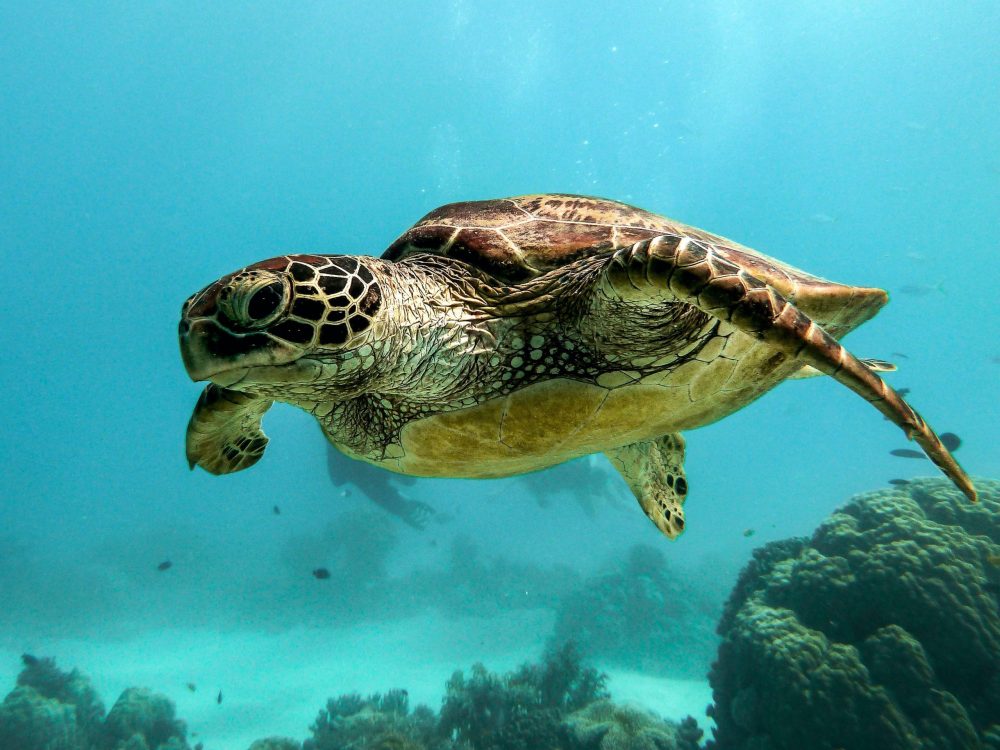A breathtaking new image of the 390 light-years-away area that is home to the Earth’s nearest star formation has been obtained by the James Webb Space Telescope.
The image’s publication commemorates one year since the space observatory started studying the cosmos. The Rho Ophiuchi cloud complex, where crisscrossing jets from young sunlike stars contact interstellar gas and make them light, is shown in detail in Webb’s closeup.
The circumstellar disks, the spinning rings of gas and dust where planets are created, are suggested by the shadows that envelop several of the stars.
These future planetary systems may mirror the early solar system since the cloud complex comprises 50 stars with masses comparable to the sun. While the jets of molecular hydrogen generate striking red splashes, the darkest regions of the picture are where stars that are still developing are encased in dust.
“Webb’s image of Rho Ophiuchi provides us with a novel viewpoint on a very brief period in the star life cycle.
Read also: Debbie Dickinson’s Menopause Revelation in 2019
Witnessing Stellar Origins
The beginning of another star’s journey may now be seen thanks to technology, according to Klaus Pontoppidan, Webb project scientist at the Space Telescope Science Institute in Baltimore, Maryland, and research scientist at NASA.
Our own Sun went through a similar period long ago.
Webb, the most potent telescope ever sent into orbit, was launched on December 25, 2021, and on July 12, 2022, NASA released its first batch of breathtaking photographs.
The first images of the universe captured by the space observatory featured far-off galaxies, an exoplanet’s atmosphere, and a stellar nursery where stars are formed.
By enabling us to see into dust clouds and study light from far-off parts of the universe, the James Webb Space Telescope has drastically altered how we experience the world in only one year.
Every new image, according to NASA Administrator Bill Nelson, represents a fresh discovery, enabling scientists all across the world to ask and answer questions they could previously only dream about.
Read also: Unveiling the Jurassic Sea Turtle’s Limbs in Remarkable Fossil
Source: CNN



